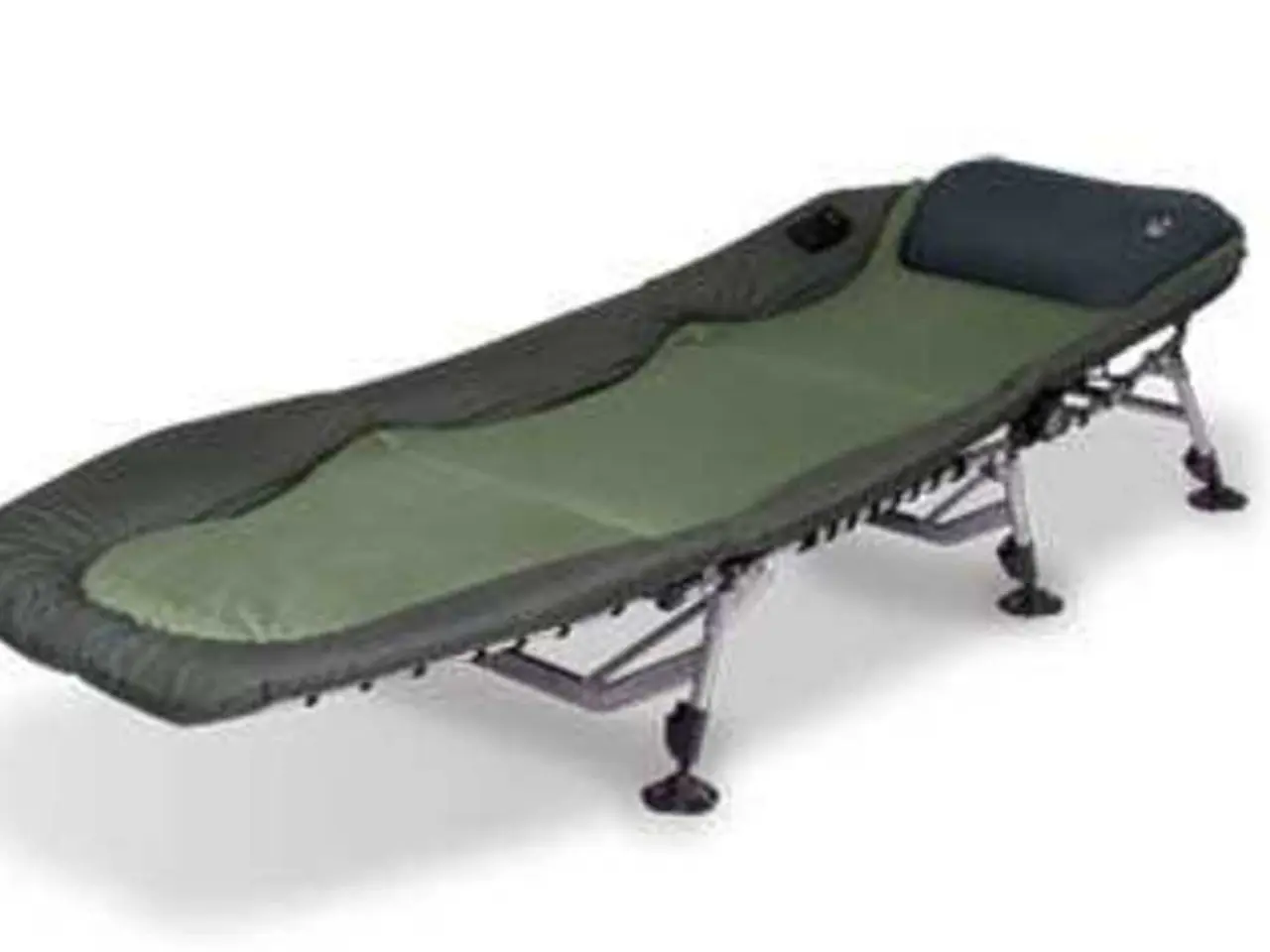Dextroscoliosis: Categories, Workouts, and Medical Interventions
Scoliosis, a condition characterised by an abnormal curvature of the spine, affects approximately 30,000 children and 600,000 adults in the U.S., with around 85% of cases being idiopathic, or having no known cause. One common type of scoliosis is dextroscoliosis, which typically occurs in the thoracic spine (middle portion of the spine).
Dextroscoliosis can cause a range of complications, from reduced quality of life and limited mobility to reduced respiratory function, muscle loss, and nerve pain. However, there are various treatments and exercises that can help alleviate the symptoms and improve the overall well-being of those affected.
One such treatment is the Schroth method, a form of physical therapy that has proven to be helpful for treating idiopathic scoliosis. This method involves specialized exercises designed to correct the unique spinal curvature of each individual. Schroth exercises consist of asymmetric movements, breathing techniques, stretching, and strengthening, which aim to expand the rib cage, improve lung function, correct posture, and enhance core muscle endurance.
In addition to Schroth exercises, side bending stretches and general spine stretches can be beneficial. For dextroscoliosis, specific side bending stretches using props like a rolled towel can help target the curved area and promote spinal flexibility and muscle balance. General spine stretches, such as the "praying mantis" stretch, can also relax uneven muscles and support posture. It's important to note that exercises should be tailored to the type and degree of scoliosis, so professional guidance is crucial.
Low-impact aerobic activities, such as swimming and walking, are beneficial for scoliosis patients to maintain overall fitness without stressing the spine. Customized physical therapy programs, designed by physical therapists, can also reduce muscle imbalances, improve posture, and strengthen the core, which are key to managing the symptoms of dextroscoliosis.
For moderate cases of scoliosis, doctors may recommend taking X-ray images every 6 months or yearly. In severe cases, where curvatures exceed 35 degrees, treatment is usually required, either through a back brace or surgery. It's important to note that braces are only effective for children and adolescents, as their spine is still actively growing.
Incorporating these exercises into a consistent routine, ideally under the supervision of a scoliosis specialist or physical therapist, can help manage the symptoms of dextroscoliosis and improve the overall quality of life for those affected. Learning auto-correction techniques to help recognise and correct poor posture can also help reduce pain caused by scoliosis.
[1] Scoliosis Research Society. (2021). Scoliosis Treatment Options. Retrieved from https://www.scoliosisresearchsociety.org/patients-and-families/treatment/ [2] Scoliosis Research Society. (2021). Bracing. Retrieved from https://www.scoliosisresearchsociety.org/patients-and-families/treatment/bracing/ [3] Scoliosis Research Society. (2021). Schroth Method. Retrieved from https://www.scoliosisresearchsociety.org/patients-and-families/treatment/schroth-method/ [4] Scoliosis Research Society. (2021). Exercise. Retrieved from https://www.scoliosisresearchsociety.org/patients-and-families/treatment/exercise/ [5] Scoliosis Research Society. (2021). Physical Therapy. Retrieved from https://www.scoliosisresearchsociety.org/patients-and-families/treatment/physical-therapy/
- Predictive models based on scoliosis research might soon reveal the likelihood of dextroscoliosis progression, aiding in the early identification of severe cases.
- Colitis, a type of inflammatory bowel disease, shares similarities with dextroscoliosis in terms of its chronic nature and the need for ongoing management.
- Type A psoriasis can lead to psoriatic arthritis, a condition akin to dextroscoliosis in its impact on joints and mobility.
- Bipolar disorder, like dextroscoliosis, requires ongoing medical-condition management and might benefit from complementary approaches like yoga and mental-health support.
- Sciatica, a pain condition related to the sciatic nerve, shares many symptoms with dextroscoliosis and may be alleviated by the same exercises targeting spinal health.
- Dextroscoliosis and Alzheimer's disease are both chronic diseases that affect quality of life and necessitate holistic health-and-wellness approaches to manage symptoms.
- Obesity can exacerbate symptoms of dextroscoliosis, necessitating weight management as part of a comprehensive treatment plan.
- Dermatitis and dextroscoliosis share commonalities in terms of their impact on skin health, requiring careful attention to overall wellbeing.
- Macular degeneration and dextroscoliosis share a need for regular check-ups and monitoring, as they both can result in vision problems.
- Hepatitis, like dextroscoliosis, is a chronic disease requiring constant management for optimal health outcomes.
- Spondylitis, an inflammatory condition affecting the spine, shares similarities with dextroscoliosis in terms of symptoms and treatment.
- AQ (Autism Quotient) might be relevant for children with dextroscoliosis, as both conditions require interdisciplinary approaches for effective management.
- Asthma and dextroscoliosis can both limit respiratory function, necessitating teamwork between physicians and specialists to provide comprehensive care.
- Degeneration of joints caused by osteoarthritis can be similar to the nerve pain experienced by dextroscoliosis patients, requiring a combined approach to pain management.
- Atopic dermatitis, a skin condition, shares commonalities with dextroscoliosis in terms of chronicity and the need for ongoing management for optimal health.




